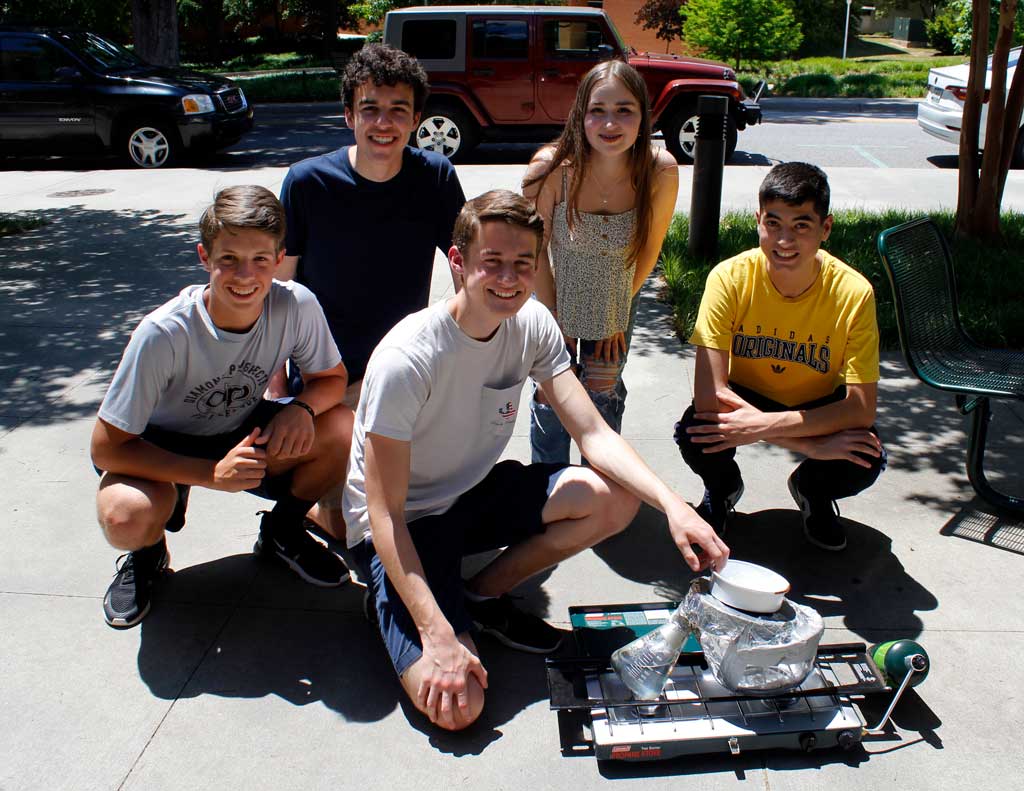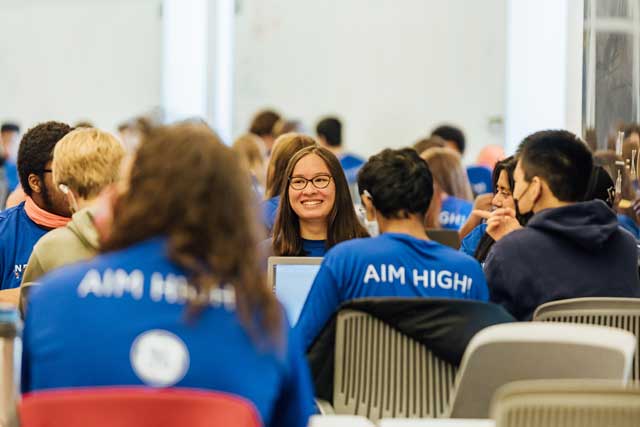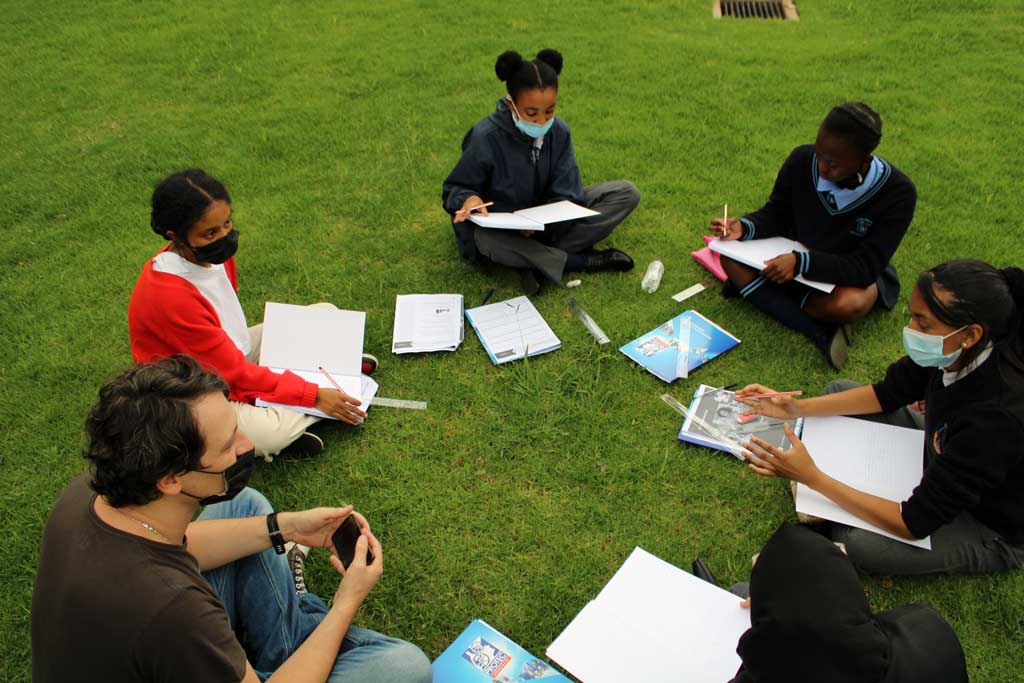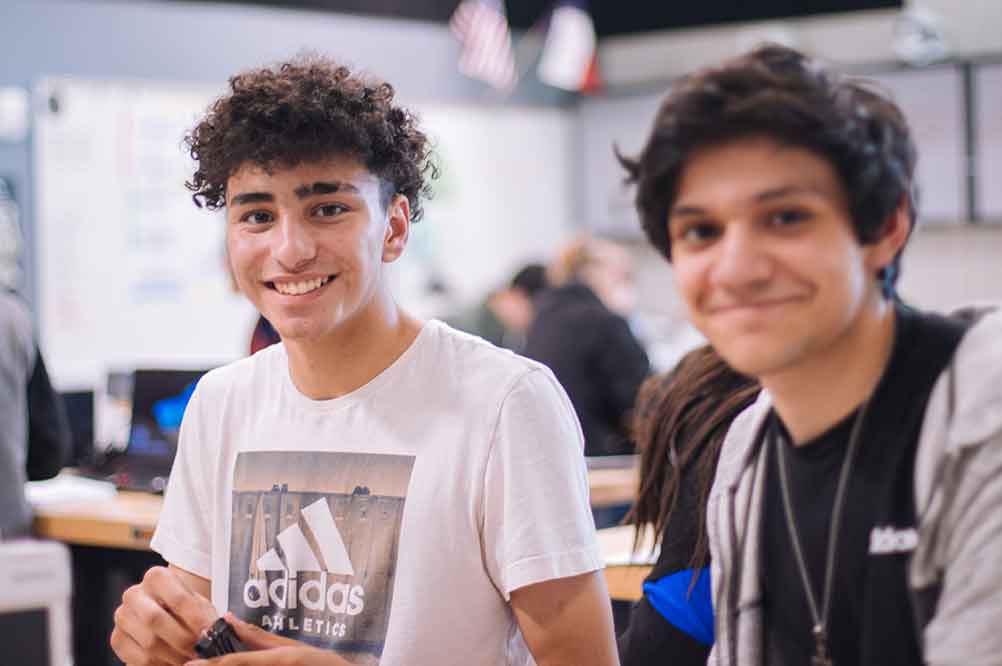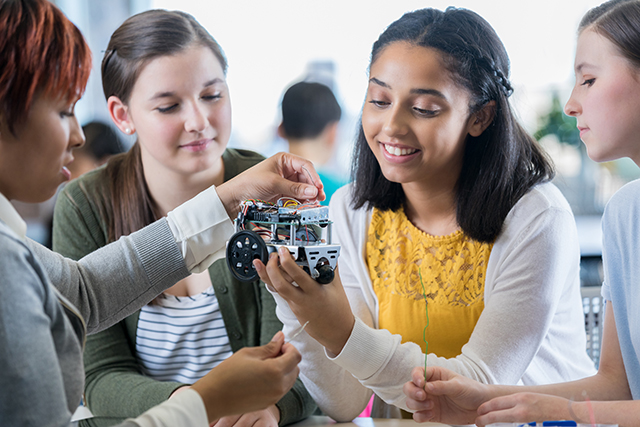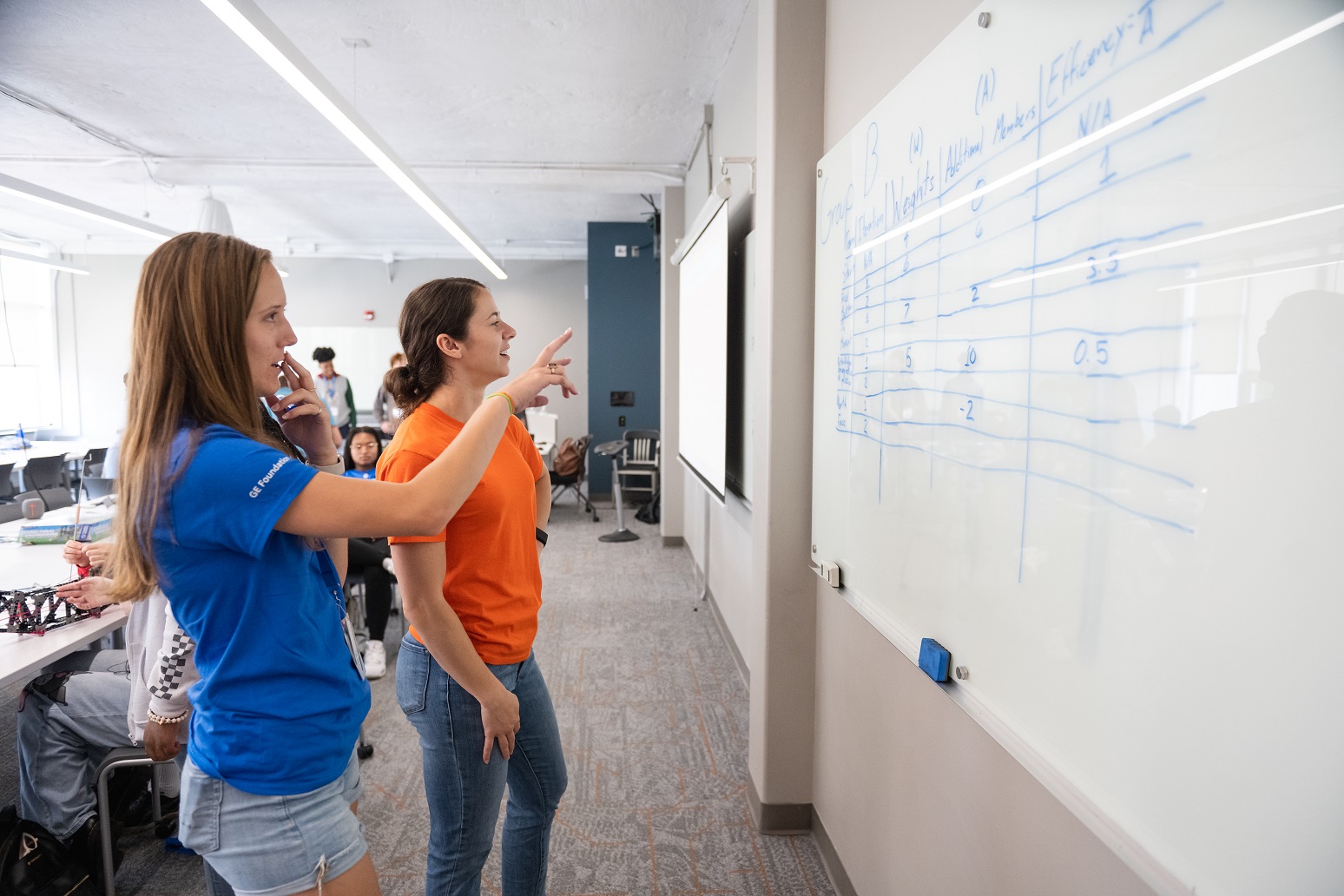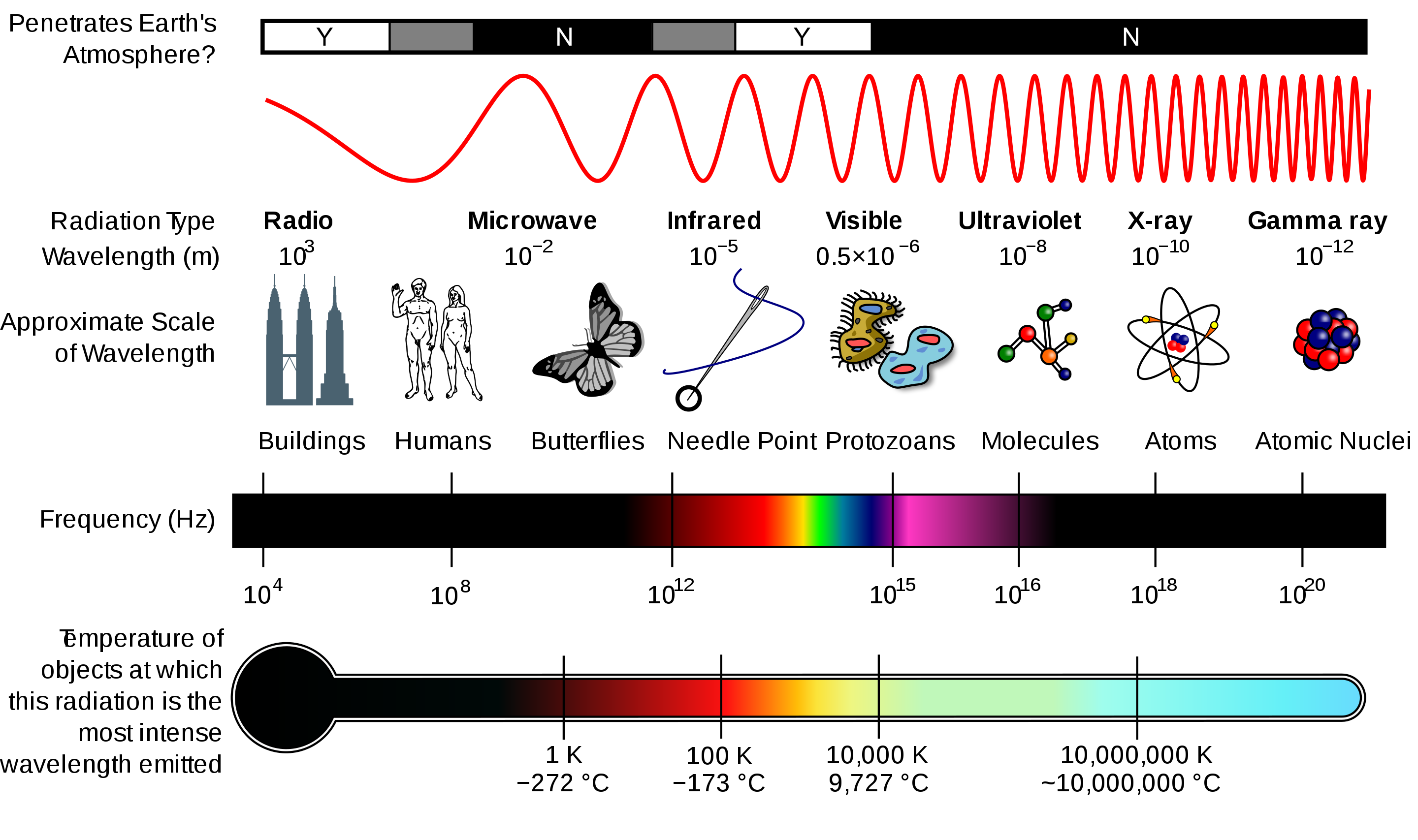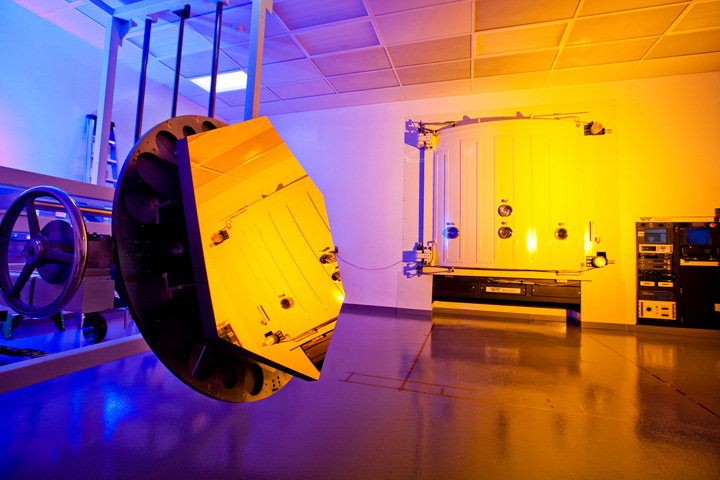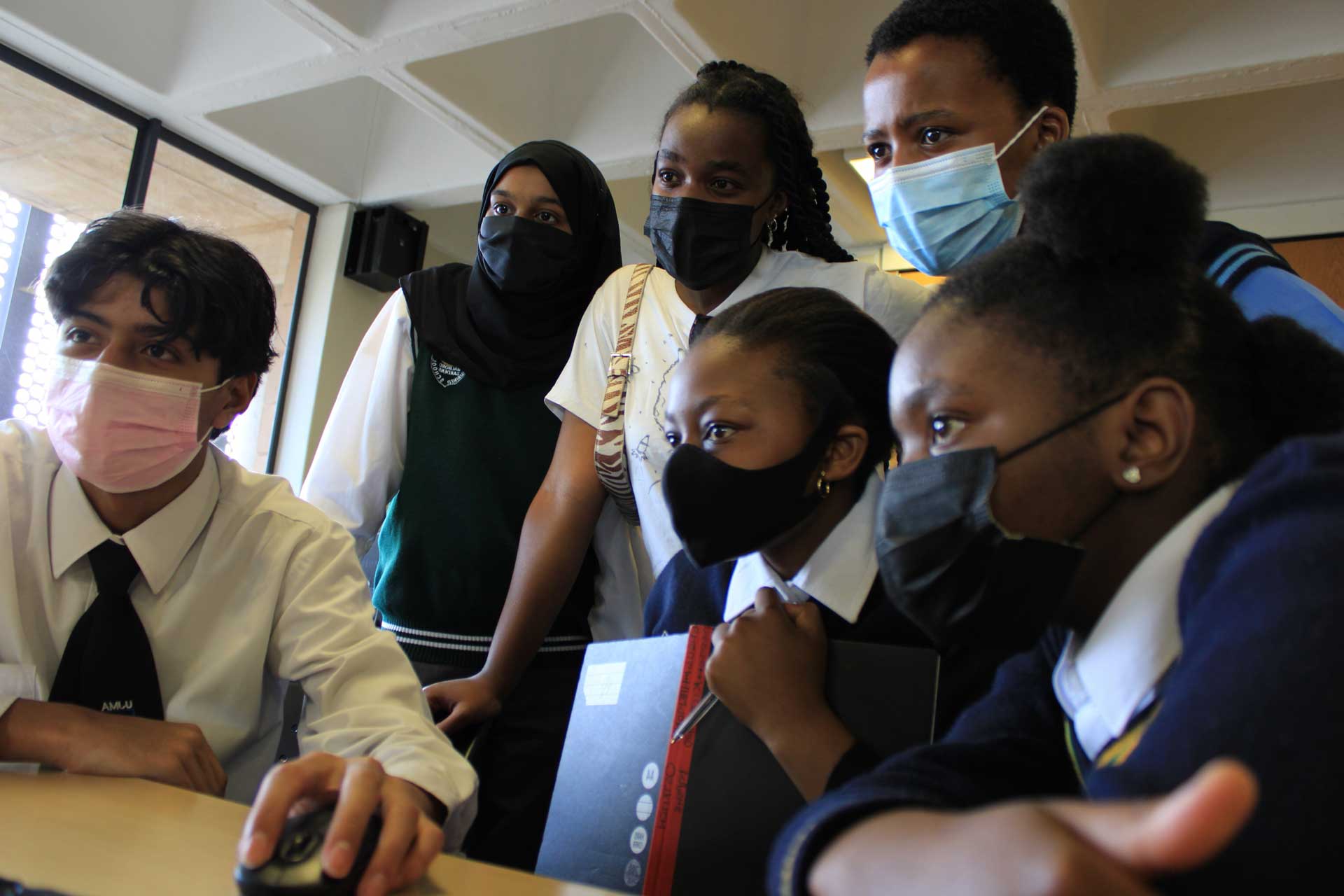

The James Webb Space Telescope does not see the universe as we see it. The light we see is only a small part of a much larger spectrum called the electromagnetic spectrum. We call the part of the spectrum we see visible light. But everything from radio waves to microwaves to gamma rays are all part of the same spectrum. The only difference between a radio wave and a gamma ray is the wavelength. Wavelength is the distance between the peaks of the waves.
Webb is designed to see the infrared part of the spectrum. But why? There are two main reasons. The first is that infrared light is much better than visible light at passing through the dense clouds of gas that still exist in the universe. This means that seeing in infrared means we can see objects behind these gas clouds much more clearly.
Secondly, since the Big Bang, the universe has been expanding and objects in space have been growing farther apart ever since. But an expanding universe also means that the light travelling through it gets stretched, increasing its wavelength. Visible light that travels through space for millions of years, therefore, becomes infrared. This is called redshift and works the same way as the more familiar Doppler shift does with sound.
A sonic boom is caused by an object traveling at or faster than the speed of sound and is caused by sound waves bunching up and constructively interfering with each other.
Learn more at The Doppler Effect and Sonic Boom and by watching The sonic boom problem (5:43)
You may have wondered why the Webb primary mirror is gold in color. Well that’s because each mirror segment is coated in a very thin layer of pure gold. This is not because the engineers were into bling! It’s because gold is an excellent reflector of infrared radiation.
Experience the Doppler effect for yourself. You will need a piece of string about 1 m (3.2 ft) long, a strong plastic bag with handles, and a mobile phone.
Start a song or other sound playing on the phone, then put it inside the bag and tie on the piece of string.
Now swing the bag around in a circle next to you. You should hear the pitch of the sound change as the sound source travels towards you (higher) and away from you (lower).

